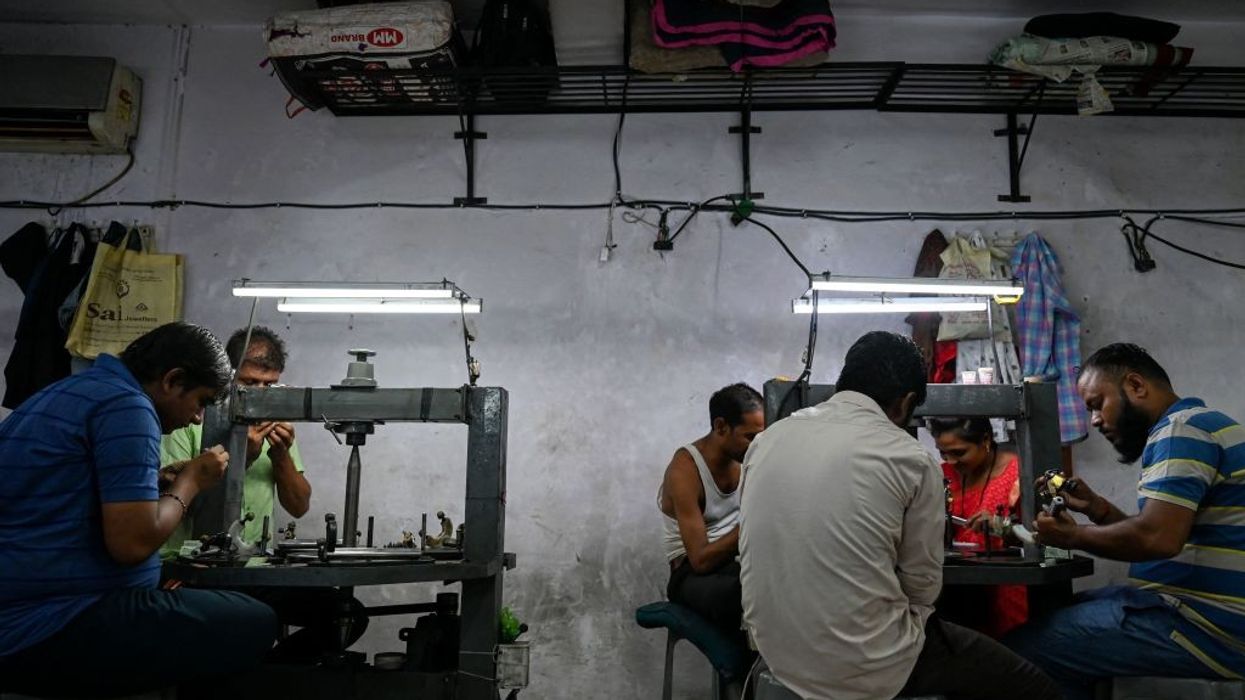Britain unveiled new sanctions against Russia on Friday (19), targeting imports of diamonds and other minerals in a bid to choke Moscow's ability to fund the war in Ukraine.
Before a G7 summit in Japan began, London said it would introduce "a ban on Russian diamonds", copper, aluminium and nickel, and sanction more entities involved in Moscow's "military industrial complex".
Russia's diamond trade is estimated to be worth $4-5 billion (£3.2-4bn) a year, netting the Kremlin much-needed tax revenues.
On Friday, European Council president Charles Michel said the bloc would target the lucrative trade in Russian diamonds, which he joked "are not forever".
EU member Belgium is among the largest wholesale buyers of Russian diamonds, along with India and the United Arab Emirates. The US is a major end-market for the finished product.
Meanwhile, sanctions on Russia's diamond trade weighs heavy on India's diamond hub of Surat, already reeling from supply cuts and falling demand.
Some 90 per cent of the world's diamonds are cut and polished in the bustling port.
A world away from the glamourous boutiques of New York or Tokyo, hundreds of thousands of craftsmen sweat over gemstones in around 4,000 workshops in the city, cutting and setting them into sparkling jewellery.
In total around a million people, including dealers and suppliers, are involved in the industry in Gujarat, India's westernmost state.
Russian mining giants such as Alrosa traditionally accounted for over a third of India's rough diamonds.
But supplies have shrunk in the months since Western sanctions cut Russia off from the SWIFT international payments network in March last year over its invasion of Ukraine.
At the same time, Indian exports of cut and polished diamonds have slumped with US and European firms refusing to buy diamonds sourced from Russia.
Rameshbhai Zilriya, president of the Diamond Workers Union Gujarat, said fresh sanctions would sound the death knell for the industry.
"Workers are already suffering because of Russian supply issues and a drop in demand. There have been widespread job losses and this problem will only get exacerbated now," he said.
"In the last 15 days eight workers have killed themselves. Now the situation will only become worse."
The diamond industry's most lucrative customers are Western firms required to comply with sanctions regimes.
Traders say the likes of Signet, Tiffany & Co, Chopard and Pandora are refusing to buy Russian stones.
Indian exports of cut and polished diamonds stood at $1.32bn (£1.06bn) in April, data from The Gem and Jewellery Export Promotion Council (GJEPC) shows -- a slump of 39 per cent, or more than $800 million (£644m), on a year earlier.
GJEPC chairman Vipul Shah said the industry would wait and watch what kinds of sanctions are imposed on Russian diamonds.
"Russia is one of our largest suppliers... Supply is going to be a constraint and we will be facing a big problem," he said.
The "immediate issue is of employment", he added. "It is going to be severely affected."
(AFP)














